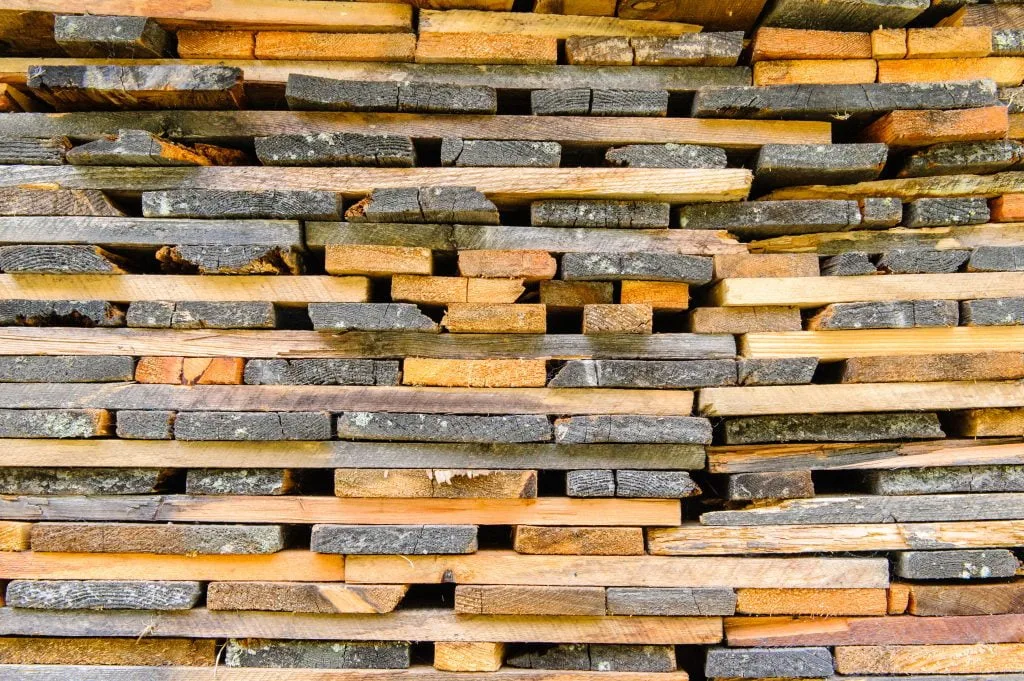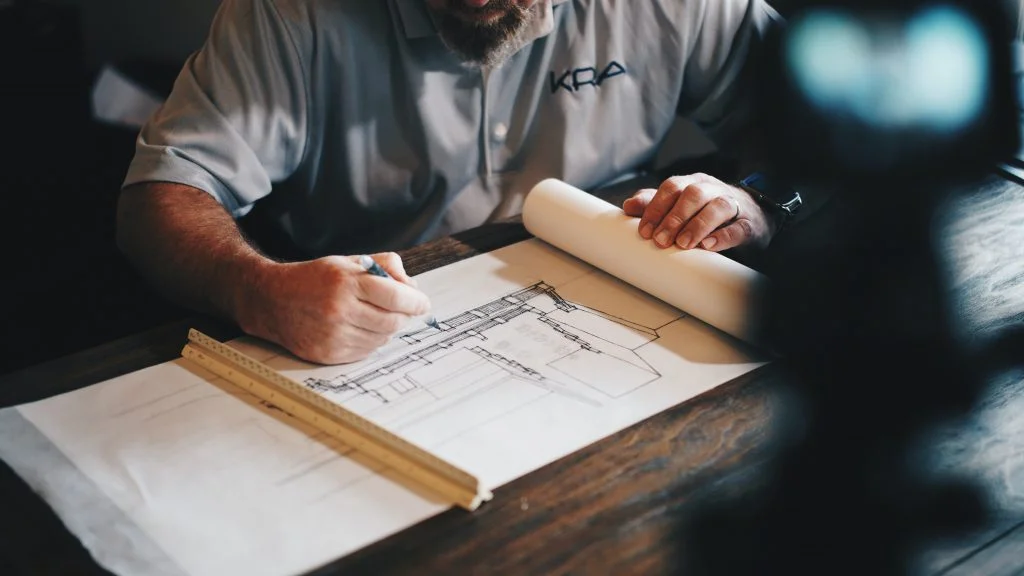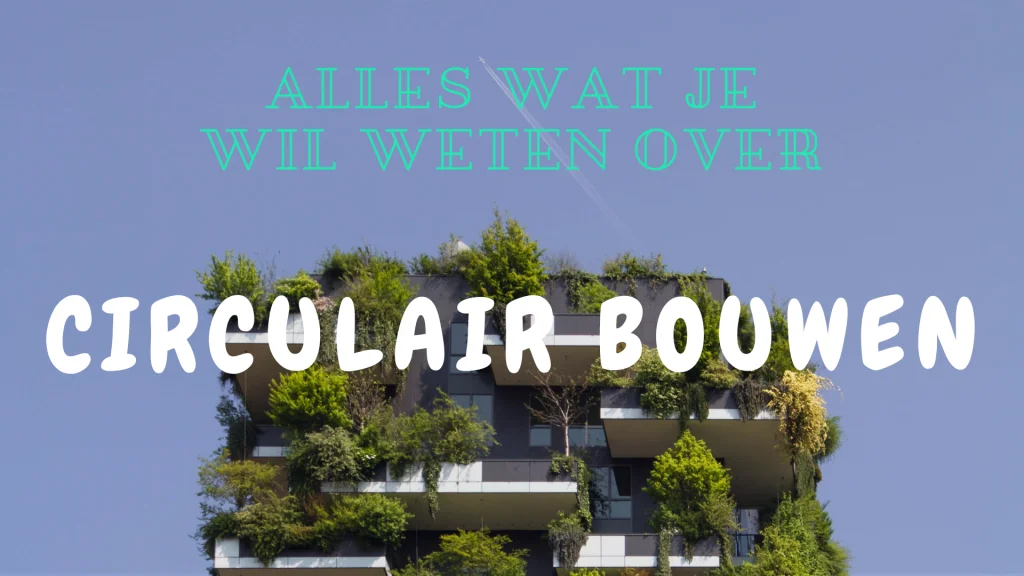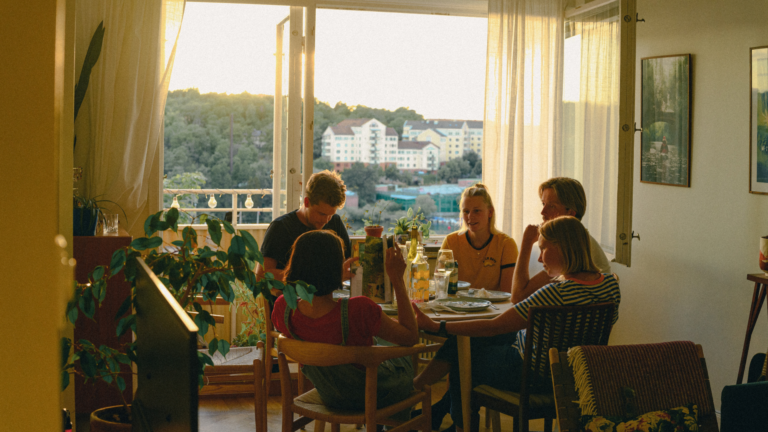Have you heard of circular building? Curious about what exactly it entails? In this article we answer the most frequently asked questions about circular building. This way, in the maze of articles, publications and projects, you will quickly be aware of the most important issues!
What is circular building?
Circular construction is a new, sustainable form of (re)building. The focus is on reusing materials when a house, apartment or office … is built or demolished. The aim is to use materials for as long as possible, thus reducing the impact that building has on the environment and climate.
For example, when you build a house in a circular way, you plan it so that the parts can be reused at a later stage (within 10 years or even within 75 years). Those parts include interior doors or flooring, for example, as well as wooden beams, insulation material or bricks.
Because not all materials will last the same amount of time in the future, ideally you divide your home into “layers.” Those layers are then connected by “reversible joints”: screws, bolts or even completely new click systems. That makes the layers demountable. After all, if you secure everything with cement or glue, it becomes difficult to take the parts apart.
Circular construction involves the use of natural materials in addition to reusing existing materials. Think of wood, loam, straw, or paper. This is less harmful to the environment because it means fewer emissions and less waste. Moreover, the raw materials present on this globe are not infinite, so we best jump carefully with them.
So the circularity is not only in the buildingnamely reusing existing materials or designing buildings in such a way that this can be done in the future, but also in the material. Natuurlijke materialen zijn per definitie circulair, want ze vergaan in de natuur.

How is circular construction done?
As mentioned above, the key components for circular construction are:
- Reusing existing material (this concept is called “urban mining”)
- And/or the use of completely natural materials.
- Planning in layers, keeping in mind the lifespan of each layer.
- Providing reversible joints to enable disassembly.
Furthermore, there are a few things it is best to pay attention to. Urban mining, reusing existing material, only makes sense if the material is free of harmful substances. You never reuse parts with asbestos, tar or heavy metals in them, for example – or they have to be professionally cleaned first.
It is also important to minimize the amount of waste on site. There will always be waste, for example packaging, but residual materials, such as a pack of spare tiles, sawn-off pieces of wood, chipped off pieces of wall and so on, can often be recycled. Most construction sites are not currently doing this, but in the context of circular construction, this is a very important component.
Information about the materials used, the layers and how to (de)assemble is best collected in a “materials passport.” There is no uniform document for this yet, so you can compile it however you want. Several parties offer platforms on which you can compile such a passport. Of course, an Excel document or on paper is also an option!
Put enough time and effort into developing your materials passport. That way, in say 75 years, it will be much easier to take a building apart and reuse it.
What are the benefits of circular construction?
Why do we need to build circularly? There are several good reasons for making this the new standard in construction.
- The construction industry has a huge share of energy and water consumption, 50% and 33% respectively if we look at consumption across Europe. With circular construction, this share can be reduced quite a bit.
- The mountains of waste and the amount of emissions can also come down substantially in most yards if there is a full commitment to circular construction.
- Available resources are not infinite: so we must use them sparingly and intelligently.
In terms of sustainability, circular construction is an effective and feasible method to keep building. It seeks to minimize the negative impacts of the construction industry in order to future-proof the building process.
The Flemish government has also jumped on the bandwagon. It launched the “Green Deal Circular Building” in 2019. Its objective, in cooperation with hundreds of companies, is to make circular building a daily reality in Flanders.
What challenges exist in circular construction?
While circular building is a realistic way to make the construction industry more sustainable, it presents some challenges.
Circular construction is still a relatively unknown concept. Many people or companies who (re)build have no idea about it and therefore do not start using it. Professionals in the sector therefore also need to start thinking and designing differently. They used to design a building according to the function it was going to serve, but that needs to be drawn more broadly with circular building.

Furthermore, recycling existing materials to enable urban mining is not always easy in practice. The materials must be free of toxic properties, so professional cleaning is required. Recycling is also often done by type of material. It is currently not possible to have all the residual material from a site (wood, glass, concrete, metal…) processed together into 1 new and usable material. Although there are quite a few companies working on this matter, so who knows what will be possible in the near future!
In addition, when recycling materials, you have to make sure that no more emissions are generated than when mining primary raw materials. Indeed, that would undermine the sustainable goal of circular construction.
The cost of circular construction is also a thorny issue. This is because the initial cost is high compared to “traditional” construction projects. An important note here is that this new form of construction does save costs in the long run. Material is used much longer and is therefore perfectly saleable in the future, instead of becoming waste. Moreover, having repairs done with circular construction is more time-efficient, which also saves costs. So consumers will have to learn to see a circularly built home as a long-term investment.
Want to know more?
More information on circular building can be found through the following resources:
- Vlaio (Vlaams Agentschap Innoveren & Ondernemen) not only provides a comprehensive overview of what circular construction entails, but also of companies that are already concretely working on it: https://www.vlaio.be/nl/begeleiding-advies/dossiers/circulaire-economie/circulariteit-de-bouw
- Vito (Flemish Institution for Technological Research) already published quite a bit about circular building and interviewed companies that already built circularly, such as Colruyt, for example: https://vito.be/nl/nieuws/colruyt-group-investeert-circulaire-bouwmethodes-en-materialen
- Madaster provides a platform for compiling a materials passport: https://madaster.nl/platform/
Brick in the stomach and ready to buy something? Read all about it here How the purchase of such a property is just now ..






